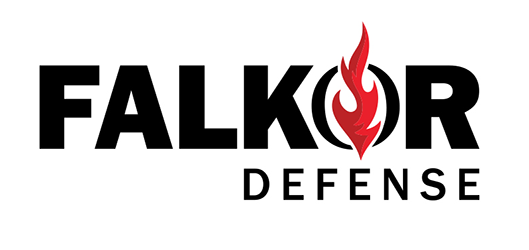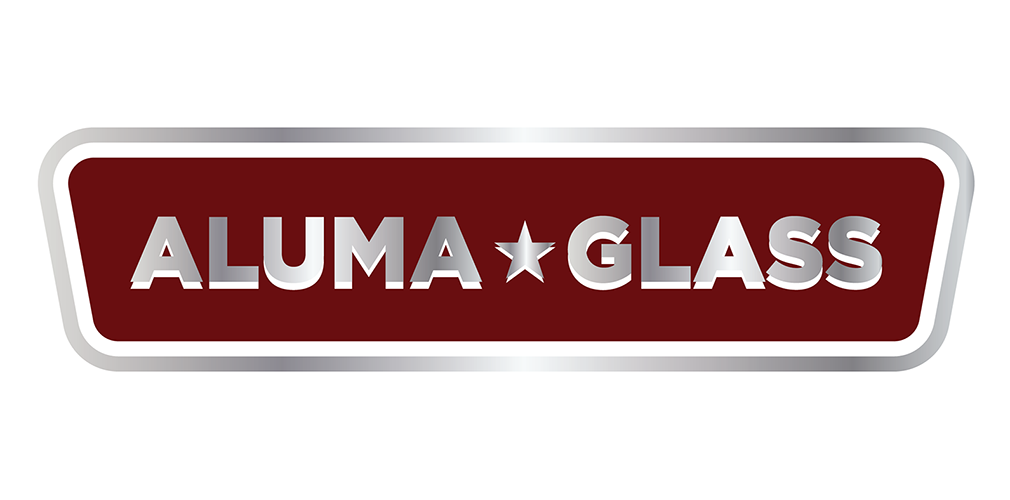New Chaplain Training

“The tow truck driver and I both admitted that neither of us had ever seen a car’s engine end up 50 yards from the vehicle it belonged in.”
On Wednesday morning, a new volunteer chaplain candidate with a law enforcement agency had completed his interview. He requested that if I had a call which he could join me on as an avenue of learning hands on skills, to please let him know. To my surprise, an hour later I was informing him of this tragic auto fatality. He was able to join me for the twenty minute drive and two plus hours on scene.
In my 14-plus years as an emergency responder chaplain, I had never seen so many vehicle parts scattered on a highway for what appeared to be the length of a football field. The tow truck driver and I both admitted that neither of us had ever seen a car’s engine end up 50 yards from the vehicle it belonged in.
These were two indicators of the immense velocity of the crash and why the car’s occupant died instantly.
There was much for the new chaplain to take in. We were on scene in support of half a dozen Montana HIghway Patrol troopers, including their drone operator, the Marion Fire Department staff including their ambulance crew, the logging truck driver and his co-worker, and the Sheriff’s Office coroner.
Aspects of the chaplain education were: finding out who is in charge of the scene and to get our directives from that person, how to look around for responders and involved parties to talk to (this can include the tow truck driver, funeral home staff, bystanders) along with scene safety, and the need to see only the gore that is required as images do not disappear easily.
The most intense conversation was definitely with the driver who had been carrying out his daily task of hauling logs to the saw mill when the oncoming car drifted into his lane.
Upon completing our ministry on scene, we accompanied the coroner to the home of the deceased. The short drive brought us face to face with the responsibility of sharing the tragic news with his spouse. As always, it was a complete shock. As she sat down trying to comprehend our unexpected declaration, I knelt down beside her to comfort and console her. Answering her questions aided her in processing the devastating information as did keeping close proximity to her.
I helped her with over the phone notifications to family and a friend. Being asked to take over the notification after the call has already been placed is a situation I have found myself in before. I have learned to quickly identify myself and to then be clear, concise, direct, and compassionate.
As our service came to completion, the time came for the recipient of the news to be alone in order to sift through it.
As we left, my consolation was that we had completed our essential service in the most professional manner that we knew. We would always have preferred that the notification not have been needed, but that was not the case. Tragedy does strike and though death notifications are one of the most challenging aspects of serving as a responder chaplain, they are the first step in helping victims and survivors to move forward.























